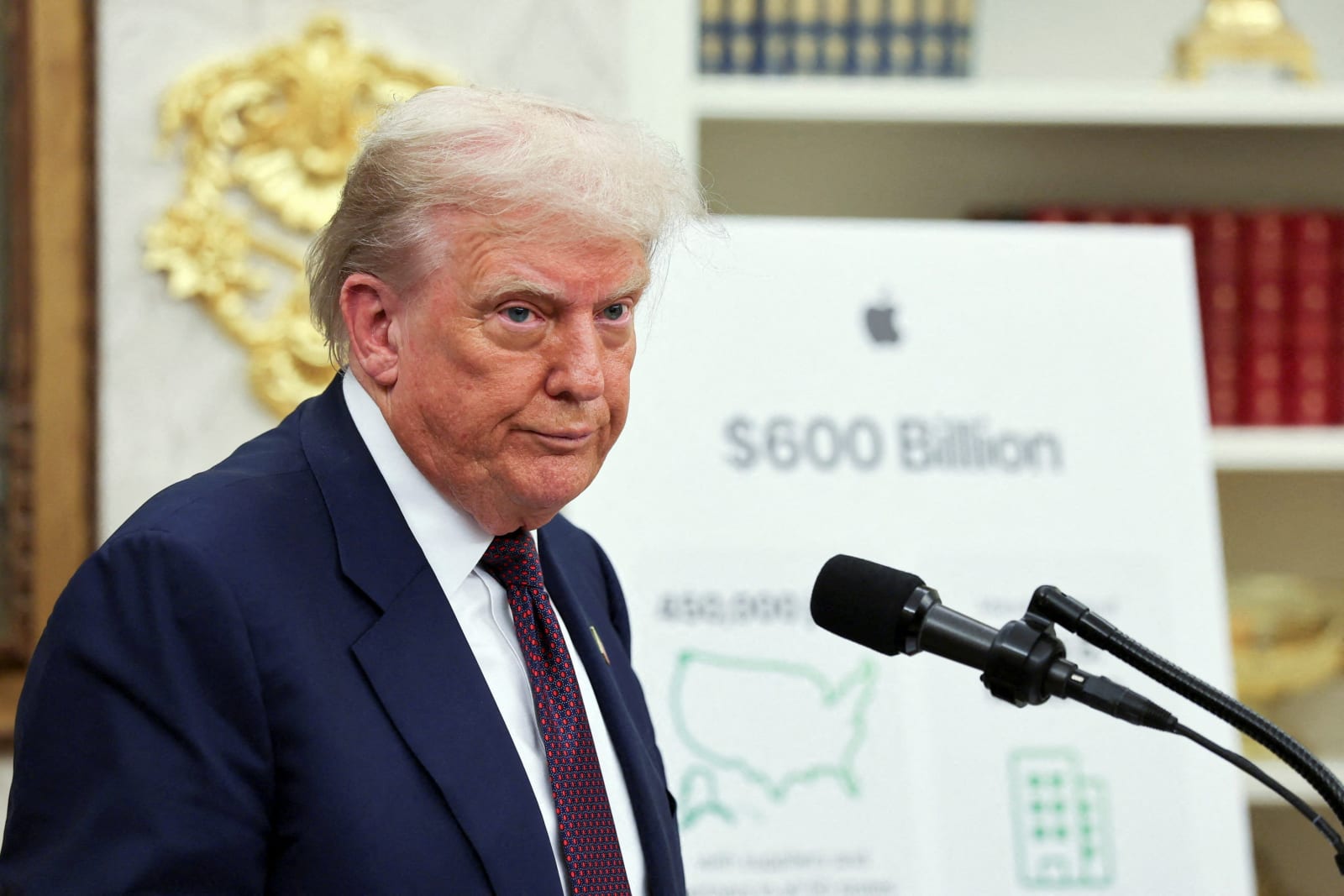How Trump Undermines His 'Make America Great Again' Vision

The Impact of Budget Cuts on U.S. AI Leadership
President Donald Trump introduced an ambitious “AI Action Plan” aimed at solidifying the United States’ position as a global leader in artificial intelligence. However, critics argue that his administration’s approach to science and research funding is undermining this goal. According to Sharon Adarlo, a writer for Futurism, Trump’s policies are not only failing to support AI development but also creating obstacles that could weaken the U.S. position in this critical field.
Mark Histed, who leads the neural computation and behavior division at the National Institute of Health, has expressed concerns about the long-term effects of these cuts. While the immediate impact might not be noticeable within the next two years, he warns that the broader ecosystem supporting AI research could face serious challenges. “The whole ecosystem that we have built around AI, which has been created by federal support, could soon be seriously undermined,” Histed said.
Federal Support and Technological Advancements
Histed and other experts emphasize that many breakthroughs in AI have been made possible through federally funded research. For example, computer vision technology, which is crucial for self-driving cars, has been supported by government initiatives since the 1980s. This technology also plays a key role in other AI applications such as facial recognition and image processing.
Another significant example is AlphaFold, a protein modeling application that uses AI to aid in drug discovery. This project, along with others like Anthropic, which focuses on improving AI safety for the U.S. Department of Defense, relied heavily on federal funding, according to reports from the Guardian.
Cross-Disciplinary Collaboration and Talent Drain
Trump’s budget cuts have also affected other scientific disciplines, such as neuroscience, which is vital for the development of AI technologies. Adarlo notes that these reductions are hindering the exchange of ideas between different fields, which is essential for advancing AI.
Moreover, the lack of funding for education and research in universities has led to a shift in talent. Histed pointed out that many students trained in neuroscience and related fields are moving towards Silicon Valley rather than staying in academia. “We train lots and lots and lots of people in neuroscience and related fields that are going directly to these tech companies,” he explained. “There’s tons of overlap. All the people who are leading the technical side of the AI revolution have had contact with the academic world that trained them and is supported by U.S. federal funding.”
The Consequences of Underfunding
Without sufficient investment in education and research, AI companies may struggle to find the skilled workforce needed to maintain their competitive edge against countries like China. Histed warned that this could lead to a talent shortage that would hinder innovation and technological progress.
Broader Implications for Science and Innovation
The impact of these cuts extends beyond AI. The reduction in federal support for scientific research has raised concerns about the long-term health of the U.S. innovation ecosystem. Many scientists and researchers feel that the current administration’s policies are not only neglecting science but also threatening the future of technological advancement.
As the competition for AI leadership intensifies globally, the question remains whether the U.S. will continue to invest in the foundational research needed to sustain its position or if it will fall behind due to underfunding and policy missteps.

Comments
Post a Comment